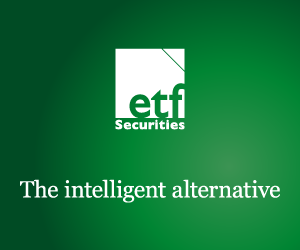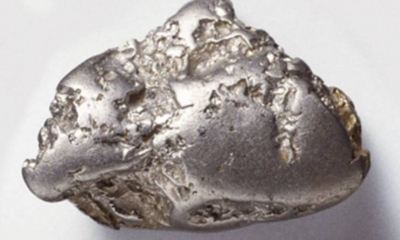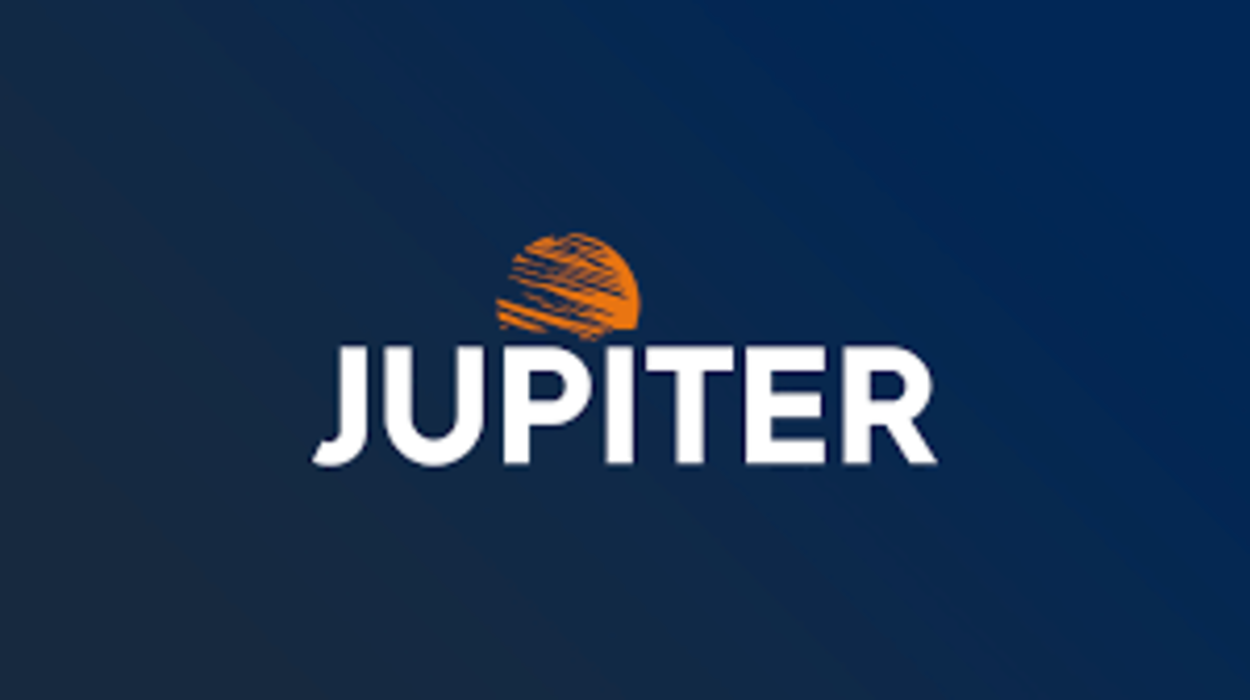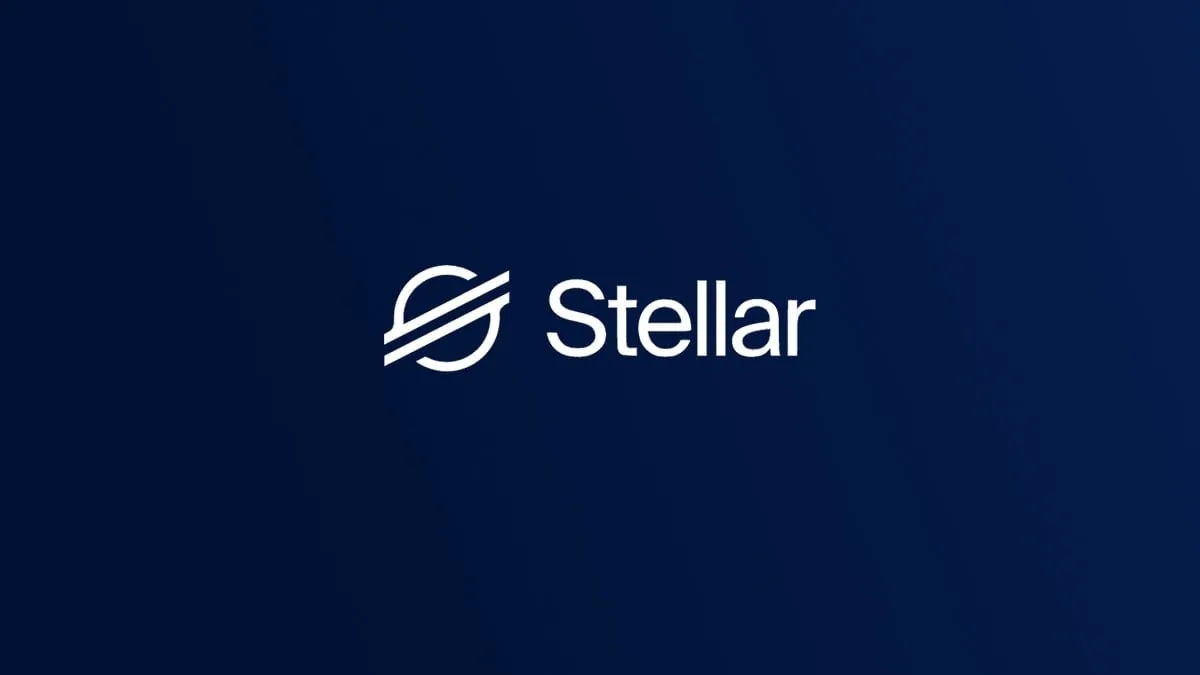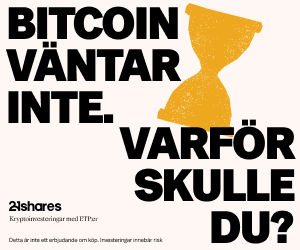ETF Securities – The Noble Precious Metal. Once known as “white gold,” platinum is one of the rarest precious metals in the world. Platinum is imbued with unique properties that make it highly sought-after for use in jewelry, industrial applications, and as an investment. Because it’s extremely resistant to tarnishing and corrosion, it’s referred to as a “noble” metal. To better familiarize you and your clients with the metal that Italian physician Julius Scaliger called “platina” (little silver), here are a few salient facts about platinum.
Supply & demand
According to the World Platinum Investment Council, the platinum market is likely to be in a deficit from 2016 to 2021, a shortage that equates to 250,000 ounces per year. It is predicted that this imbalance should help drive higher metal prices over this period. The remainder of platinum’s annual supply comes from jewelry scrap, which increases during economic downturns, and auto catalyst scrap, which peaks during rising economic activity and broader commodity price increases.
The majority of platinum’s demand comes from four sectors
37-42% Automotive
Auto catalysts, spark plugs, and O2 sensors for both diesel and electric cars
31-38% Jewelry
China accounts for +65% of platinum’s jewelry market, demand from India has risen +10x in the past 7 years, in the U.S., platinum is the #1 choice for engagement rings.
18-24% Industrial
Liquid crystal displays, optical and ophthalmic devices, servers supporting cloud storage, pacemakers, surgical instruments.
2-11% Investment
Platinum-backed ETFs are a growing source of investment for individuals and institutions
Did you know ?
- ALL THE PLATINUM EVER PRODUCED WOULD ONLY COVER YOUR ANKLES IN ONE OLYMPIC-SIZED POOL
- SOUTH AFRICA IS THE WORLD’S LARGEST PLATINUM PRODUCER, ACCOUNTING FOR SOME 70% OF GLOBAL SUPPLY, ANNUALLY
- PLATINUM IS VERY MALLEABLE, MEANING IT CAN BE POUNDED INTO A SHEET WHICH IS AS THIN AS 100 ATOMS
Portfolio considerations
Platinum is a risk management tool since it is a diversifier of equity exposure and equity risk. It is also a capital appreciation tool. It’s highly tied to the economic cycle, supportive fundamentals, and tight market structure giving it upside potential as an investment. For perspective, the price of platinum has risen almost 400% since 1975.
Key drivers for platinum
GLOBAL CONSUMER – over 40% of annual demand has stemmed from consumer sectors10
ECONOMIC CYCLE – overall global economy drives platinum demand as most of its uses are tied to industrial production
SOUTH AFRICAN RAND – with the majority of supply coming from South Africa, platinum has a high correlation to the country’s currency, the South African Rand
Our product
ETFS Physical Platinum Shares (PPLT)
PPLT is the only platinum exchange traded fund (ETF) wrapper in the United States. PPLT provides cost effective, convenient access to platinum in the form of physically-backed bars held in a secured vault in London, which is inspected twice a year (including once at random). A bar list is posted daily on:
etfsecurities.com
DISCLOSURE
The ETFS Platinum Trust is not an investment company registered under the Investment Company Act of 1940 or a commodity pool for purposes of the Commodity Exchange Act. Shares of the Platinum Trust are not subject to the same regulatory requirements as mutual funds. These investments are not suitable for all investors. Trusts focusing on a single commodity generally experience greater volatility. There are special risks associated with short selling and margin investing. Please ask your financial advisor for more information about these risks.
The value of the Shares relates directly to the value of the platinum held by the Trust and fluctuations in the price of platinum could materially adversely affect an investment in the Shares. Several factors may affect the price of platinum including: (1) A change in economic conditions, such as a recession, can adversely affect the price of platinum. Platinum is used in a wide range of industrial applications, and an economic downturn could have a negative impact on its demand and, consequently, its price and the price of the Shares; (2) Investors’ expectations with respect to the rate of inflation; (3) Currency exchange rates; (4) Interest rates; (5) Investment and trading activities of hedge funds and commodity funds; and (6) Global or regional political, economic or financial events and situations. Should there be an increase in the level of hedge activity of platinum producing companies, it could cause a decline in world platinum price, adversely affecting the price of the Shares.
Commodities and futures generally are volatile and are not suitable for all investors
Commodities and futures generally are volatile and are not suitable for all investors. Shares in the Trust are not FDIC insured and may lose value and have no bank guarantee.
Investors buy and sell shares on a secondary market (i.e., not directly from trust). Only market makers or “authorized participants” may trade directly with the fund, typically in blocks of 50k to 100k shares. The Fund’s net asset value per share (NAV) is calculated by dividing the value of the Fund’s total assets less total liabilities by the number of shares outstanding. Market Price returns are based on the bid/ask spread at 4 p.m. ET and do not represent the returns an investor would receive if shares were traded at other times.
Carefully consider the fund’s investment objectives, risk factors, and fees and expenses before investing. For further discussion of the risks associated with an investment in the funds please read the prospectus at www.etfsecurities.com/etfsdocs/USProspectus.aspx. Or visit the ETF Securities website: www.etfsecurities.com.
ALPS Distributors, Inc. is unaffiliated with J.P. Morgan Chase Bank, N.A. and The Bank of New York Mellon.
ETFS Platinum Trust shares are not guaranteed by J.P. Morgan Chase Bank, N.A. or anyone else: ETFS PlatinumTrust shares are direct, limited recourse obligations of the Trust alone and not obligations of any other person including J.P. Morgan Chase Bank, N.A., any member of the JPMorgan Chase Group or its affiliates. ALPS Distributors, Inc. is the marketing agent for ETFS Platinum Trust.

 Nyheter4 veckor sedan
Nyheter4 veckor sedan
 Nyheter3 veckor sedan
Nyheter3 veckor sedan
 Nyheter3 veckor sedan
Nyheter3 veckor sedan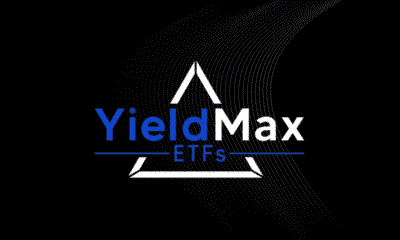
 Nyheter3 veckor sedan
Nyheter3 veckor sedan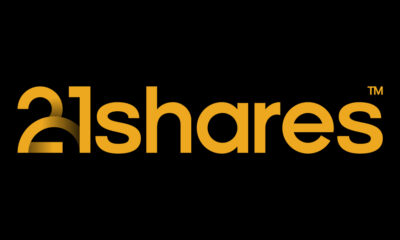
 Nyheter4 veckor sedan
Nyheter4 veckor sedan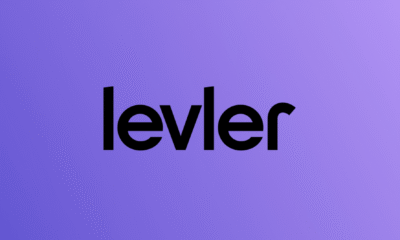
 Nyheter1 vecka sedan
Nyheter1 vecka sedan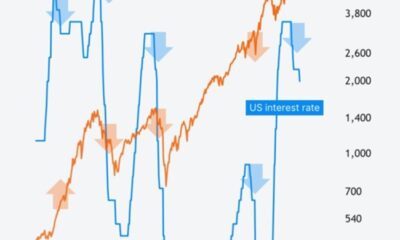
 Nyheter4 veckor sedan
Nyheter4 veckor sedan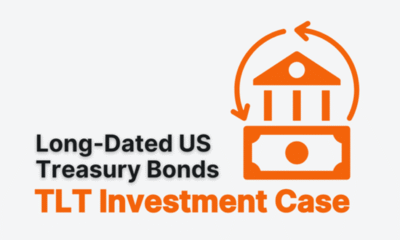
 Nyheter4 veckor sedan
Nyheter4 veckor sedan
